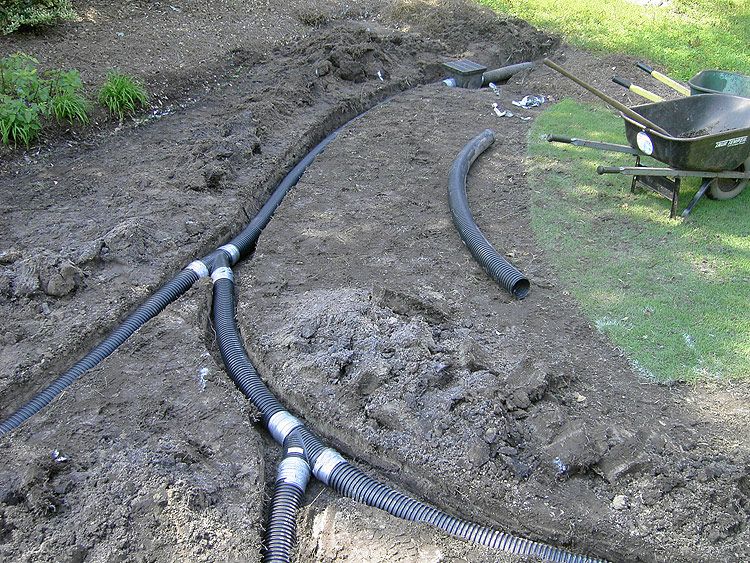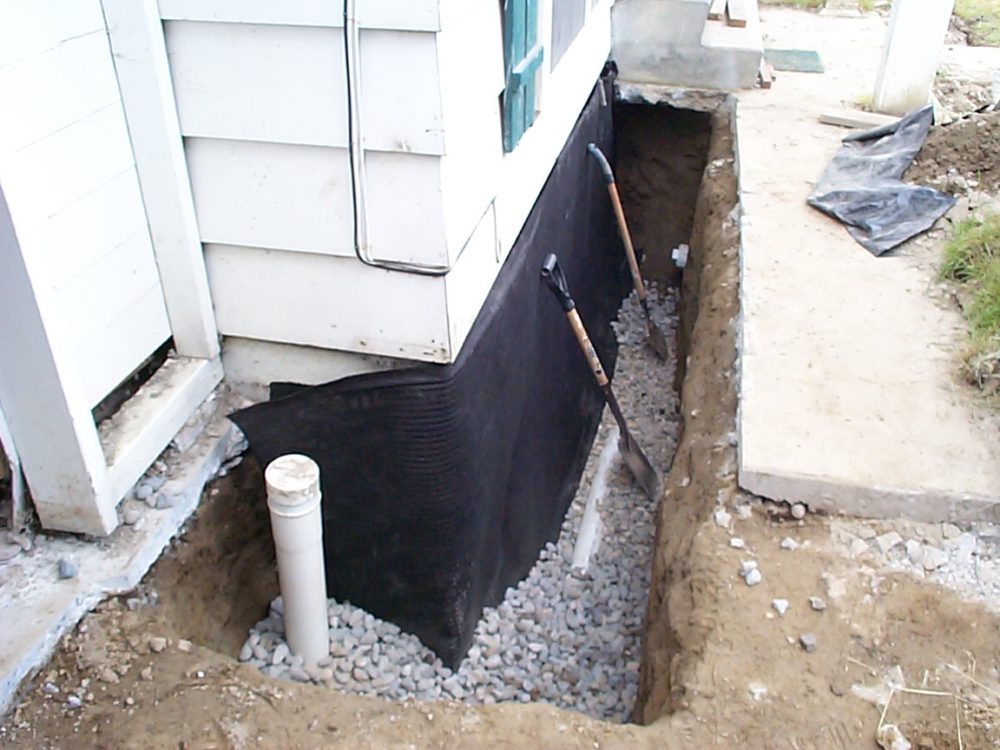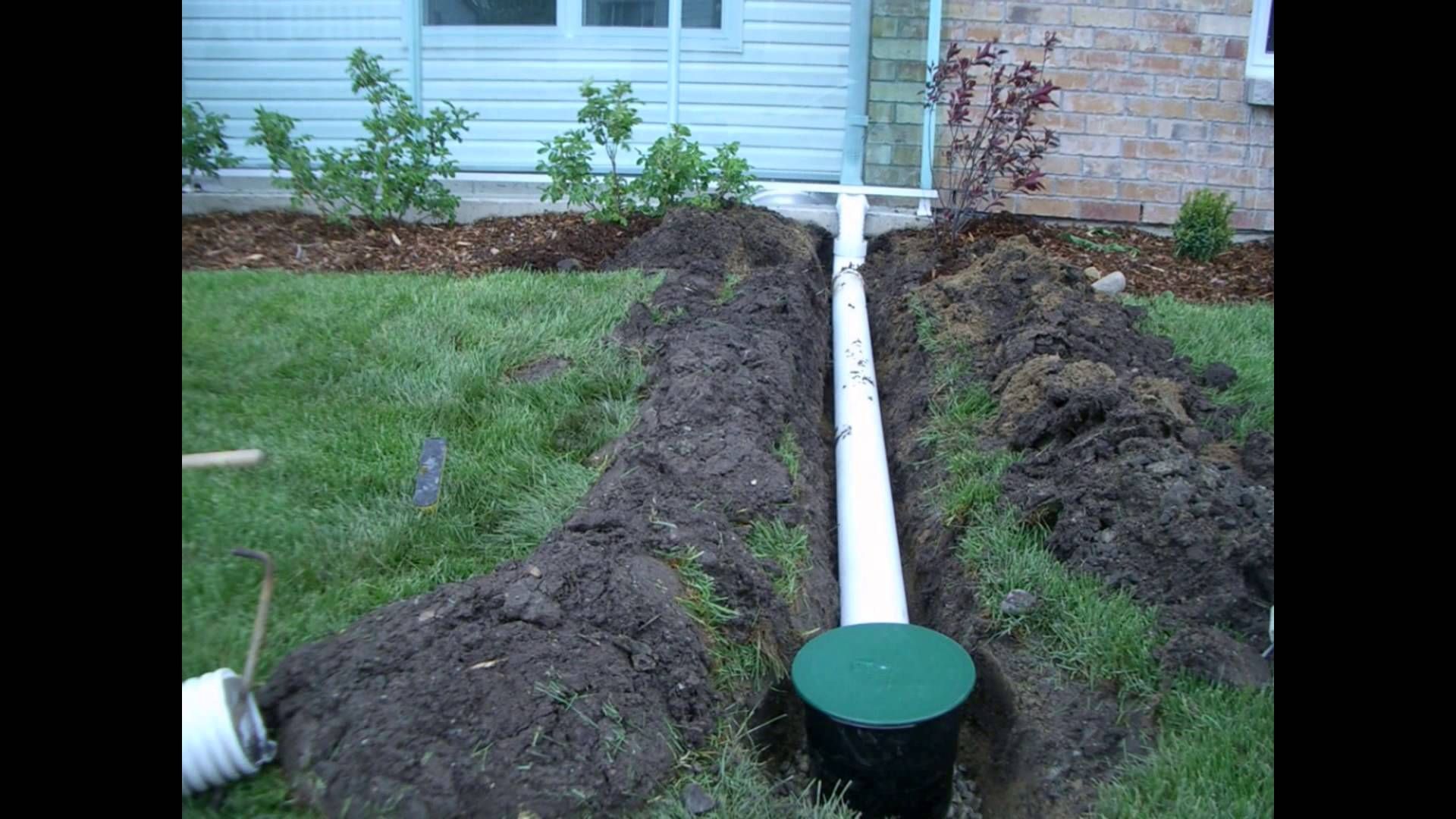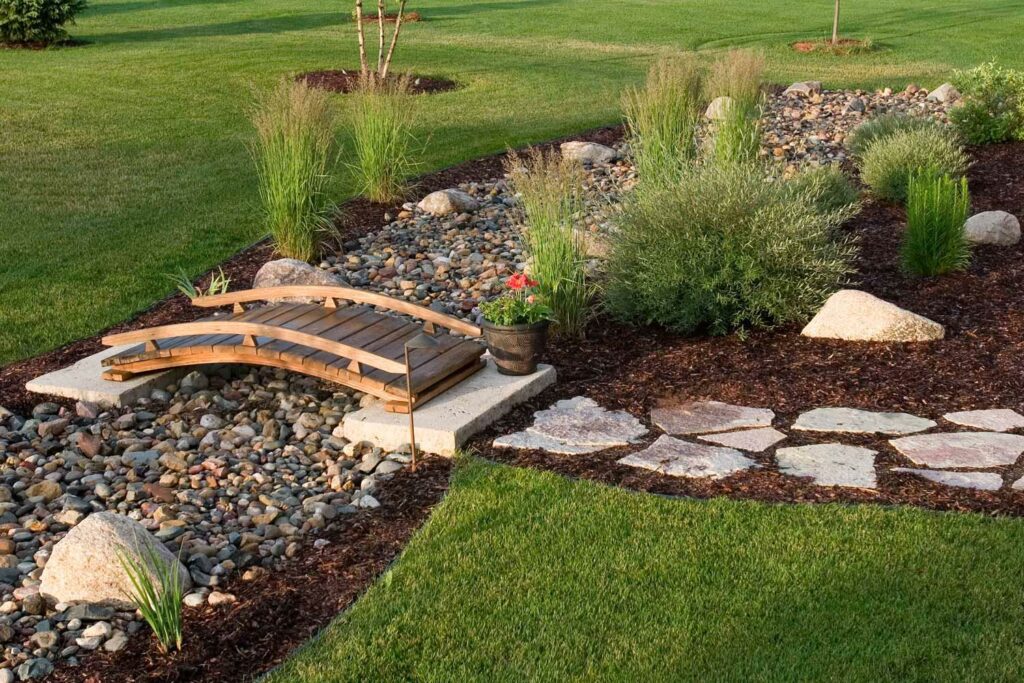For the long-term sustainability of your house, having a proper drainage plan is crucial. With Australia’s rain, knowing the ins and outs of drainage will always be beneficial. Therefore, it is one of the first things that should be on your mind when building a new house which is also likely your dream house. Having a proper drainage system will help minimize the damage from rainwater, or even urban flooding.
Importance of Having House Drainage Plans:
Because a plan in place will allow for a water outlet, the drainage system will prevent water from collecting around the house. If the water accumulates, it can cause harm to the foundations of a residential building, as well as its structure. Hence, the water is redirected in a direction away from the house to allow it to drain there.
Another added benefit of having drainage around house is that it can reduce the possibility of soil erosion by minimizing topsoil and mud from washing away. Reducing soil erosion via a drainage system can also maintain a balanced ratio of chemicals in the water, which can otherwise be affected by construction around the house or any interventions in the structure.
Apart from the house drainage system just being advantageous for the structure of the house, it also has an impact on people’s health. Accumulated water can attract insects such as mosquitos, it can also be impacted by chemicals and dirt from a construction site. Hence, safely removing water from around the house is a vital step.

Learn More: Structural Engineer in Central Coast
Residential Drainage Solutions in Your House
Drainage solutions are artificial means of interrupting the flow of water from residential and commercial areas. The water is; thus, redirected to a reservoir that is central to the area as it collects from nearby neighborhoods. Redirecting water as such prevents structural damage to the property, flooding in the area, and build-up of mold. So, when the water does reach its central collection point, it can be treated however necessary for further usage.
Not only is stormwater discharged, but via a drainage system, so is the wastewater of a house into the main sewer line. To make sure that you are getting the right drainage system installed in your house, Structural Consultancy will abide by the Australian code. Besides following the correct legal route, Structural Consultancy also believes that the Plumbing Code of Australia (PCA) will help pick the highest quality and most durable drainage system.
Components of Under House Drainage
Understanding the construction of a drainage system is not everybody’s cup of tea. But knowing them helps make informed decisions. Moreover, what truly matters is that Structural Consultancy is well aware of each of these. The most typical components are:
- Downspouts and Gutters
- Solid pipe and perforated
- Fabric
- Gravel
- Drainage boards
- Trenches and sump basins
However, each situation requires a different drainage around house and their components differ. The components of a sewer drainage system are:
- Branch drain lines
- Main drain line
- P-traps and toilet traps
- Washing machine standpipe
For a system for drainage around house as a result of stormwater, the components are:
- Gutter systems
- Downpipes
Putting these components together requires consideration of what the surrounding environment would be like. This includes the type of soil, moisture level, climate, landscaping, and requirements of the Code.

Read More: Do I Need a Structural Engineer To Remove a Wall
Sources of Water Accumulation
Drainage around house is a solution to water accumulation but where does this water come from besides rain? There are multiple other ways through which water can accumulate around the house. These sources usually include:
- Gutters on the roof direct water from the roof to the in-ground pipes and into the ones that divert water downstream of your house. Getting the water downstream then becomes an utter importance.
- If your house is at a slope and that too at the bottom of the slope, water may flow from the houses at the top down to your house, causing the presence of excess water around your house.
- There may also be underground drainage of your neighbor’s houses uphill that flows down to yours.
- No matter how slopes are designed, all new houses in Australia now require the placement of a proper drainage system. However, some old houses still don’t have that in place so the presence of any water around your house, if not drained, can result in accumulation.
- At times, the clayey soil under concrete slabs is sloped towards the house rather than away from the house. Therefore, if water is poured on concrete slabs, it may get into its seams. Instead of moving away from the house, it can end up moving towards it, putting the house’s structural integrity into question.
- Ag pipes, many times, aren’t installed to capture the water underground, but rather to capture the water on the surface. Another correct way of installing Ag pipes is sloping them towards the water flow and downstream of the house. However, if they are not installed as such or are blocked, water may not be free-draining, putting the structural foundation of your house in jeopardy.
- Rainwater bubblers should also be properly installed and not in the direction of your house.
- Having broken pipes is one of the most basic, yet important and obvious sources of excess water that was failed by drainage around house.
How To Get Rid of Groundwater Under House?
Structural Consultancy uses a range of solutions for drainage around house. Nonetheless, each house and its requirements differ given the severity of the already existing condition of the drainage, and its arising problems. Given each case, the engineers at Structural Consultancy build a plan to put into place making it holistic and case-centric.
Some of the most common solutions that are used are mentioned below, in regards to the sources of water previously discussed.
- Ensuring that roof gutters are well-maintained and clean, they are also enough to cause effective downstream and not overflow. Having clean and the right amount of roof gutters allows for water to eventually enter the downstream of the house. Once there, Structural Consultancy will add an additional system to move water downstream of the house and away.
- Drainage for sloped yards is extremely important to catch hold of water from neighbors uphill before it damages your property. Structural Consultancy can ensure this by using swales to divert that water, using spoon drains to catch it, or redirecting its direction with retaining walls. However, these solutions are only applicable to smaller flows. For larger flows, solutions that are in-ground are more effective and efficient such as cut-off trenches or ag pipes.
Because gravel trenches are only good at soaking in water that is already in the ground, it is useful to employ diversion plans around the house for water flow on the surface.
- Underground water is better treated with gravel-filled trenches and Ag pipes in place. Once this water is captured in-ground, it can then be discharged downstream of the house.
- Water has the potential to go through sand, rock, and pavers – it is usually the clayey soil underneath the gravel that soaks in the water. As water has this ability, it’s better for the sand, gravel, pavers, or any other porous surface on the ground around old houses, to fall away from the building. The clayey soil underneath should; therefore, drain water away from the building.
- Water under house after heavy rain Australia is bound to land on concrete slabs around the house. Thus, it is imperative to slope the clayey soil present under the concrete slabs away from the house.
- Structural Consultancy understands that Ag pipes should be free-draining and should allow discharge downstream of the house. Hence, the purpose of Ag pipes should be to capture water underground and not at the level of the surface. Trenches should also be sloped in the direction of the flow of the water, which can further be facilitated by Ag pipes discharging downstream of the property.
- Rainwater bubblers are a means to distribute water from the roof. If not installed correctly, they can cause water to flood back, in the direction of the house and underground. Thus, the installation of rainwater bubblers for drainage around house should be in a manner that makes the water flow away from the house.
- Water under house Australia is assumed to mostly enter due to a broken drainage system such as damaged pipes. Thus, Structural Consultancy will also check for broken pipes under or upstream of your house to ensure that drainage problems are not being caused by them.
- As seen in the above solutions, many involve creating a drainage line that is sloped and moves away from the house. However, in the face of a fault, they may be facing towards the house and putting your property at risk. To minimize any damage due to such a mishap before it can be fixed, Structural Consultancy also considers waterproofing external walls. Waterproofing is not a permanent and perfect solution, but it is an effort to protect the house from water running towards it.
- Drainage around house also comes in the form of having a drainage system under the house for a complete approach to safety. Thus, Structural Consultancy also understands the importance of having a ventilation system under the house to prevent the area from becoming smelly, damp, and musty.
- Besides having a ventilation system with fans and outlets, getting pits and pumps is also an option. The water from slopes collects in the pits and when the water level is high enough, a pump drains the water in a stormwater system or the sewerage system.
Checkout: Structural Engineer in Newcastle

Problems Arising From Weak Drainage Around House
Not having drains on the side of house as well as underground can have major consequences. For instance, if water is collecting on your driveway, it can cause flooding in your garage and inside your house. Structural Consultancy has the training to reduce this water and direct it in a direction away from the house. Its solutions are ideal for safe diversion.
If water is collecting in the yard, it can cause the soil to compact and prevent grass from growing. Because of such a moisture-laden area in the soil, it can also act as a breeding ground for mosquitoes. The Ag pipes installed by Structural Consultancy can solve this problem and drain away the surface water.
If there is no drainage around house, water can collect on the pathways. By doing so, pathways can become a walking hazard, making it of limited use for traffic as it causes someone to slip and fall. Algae may also grow on the surface, which is difficult to remove.
If water from roof gutters is not diverted by Structural Consultancy, it can cause damage to the foundation, thereby affecting structural integrity.
Structural Consultancy is also thinking about your flower beds because if flower beds are pooling with water, they can impede the growth of plants, or accumulation of water may even kill some plants. Structural Consultancy can use its training and knowledge to properly solve Ag pipes to minimize this issue and create an effective plan for your drainage around house.





